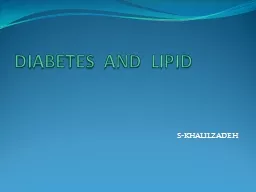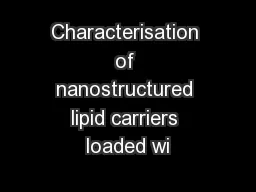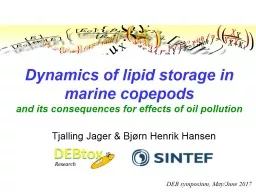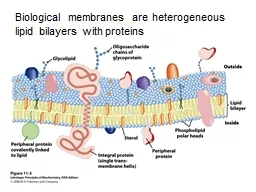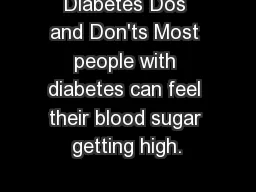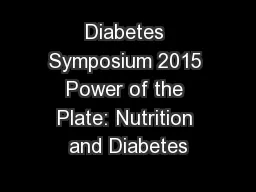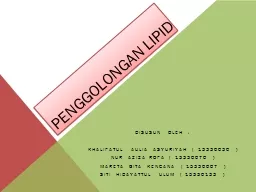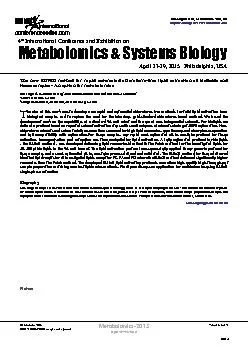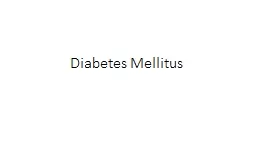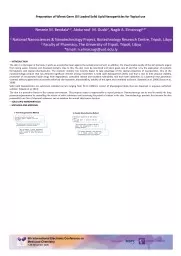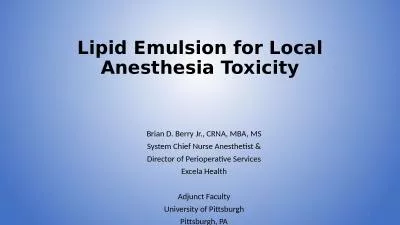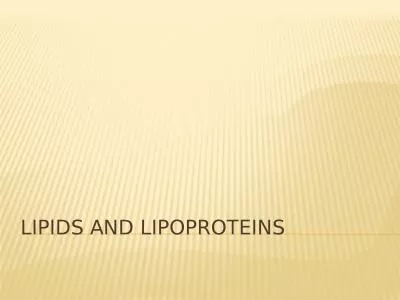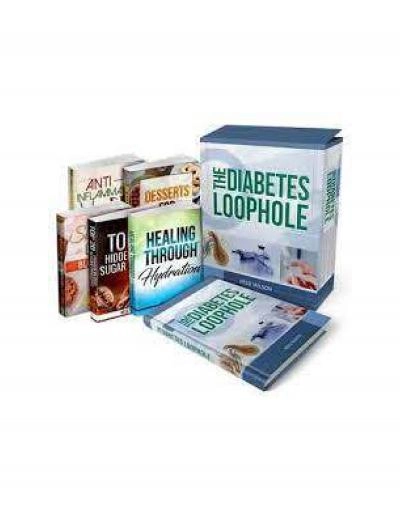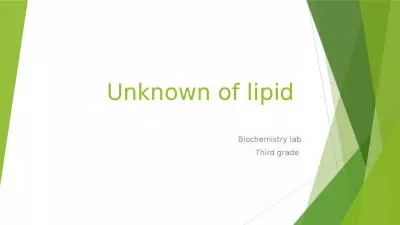PPT-DIABETES AND LIPID
Author : yoshiko-marsland | Published Date : 2016-05-24
SKHALILZADEH Lipids are hydrophobic molecules that are insoluble in water They are in cell membranes as a major form of stored nutrients triglycerides as precursors
Presentation Embed Code
Download Presentation
Download Presentation The PPT/PDF document "DIABETES AND LIPID" is the property of its rightful owner. Permission is granted to download and print the materials on this website for personal, non-commercial use only, and to display it on your personal computer provided you do not modify the materials and that you retain all copyright notices contained in the materials. By downloading content from our website, you accept the terms of this agreement.
DIABETES AND LIPID: Transcript
Download Rules Of Document
"DIABETES AND LIPID"The content belongs to its owner. You may download and print it for personal use, without modification, and keep all copyright notices. By downloading, you agree to these terms.
Related Documents

